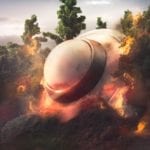 Weird Stuff
Weird Stuff  Weird Stuff
Weird Stuff  Movies and TV
Movies and TV Top 10 Ghost Adventures Episodes That Will Haunt You Forever
 Animals
Animals Ten Animals That Produce and Store Toxins in Unlikely Places
 Weird Stuff
Weird Stuff 10 Weird Things That Warp Your Sense of Time
 Miscellaneous
Miscellaneous Ten More Extremely Unexpected U.S. State “Firsts”
 Humans
Humans 10 Ideas That Scare People to Death
 Music
Music The Cursed Decade: 10 Classic Rock Stars Who Had Low Periods in the 1980s
 Health
Health 10 Crazy Ways Sleep Deprivation Can Affect You
 History
History 10 Enthralling Facts about the Field of Cloth of Gold
 Pop Culture
Pop Culture The Ten Greatest Engineers in Science Fiction History
 Weird Stuff
Weird Stuff 10 Surprising Things That Were Designed to Stop Evil Behavior
 Movies and TV
Movies and TV Top 10 Ghost Adventures Episodes That Will Haunt You Forever
 Animals
Animals Ten Animals That Produce and Store Toxins in Unlikely Places
Who's Behind Listverse?

Jamie Frater
Head Editor
Jamie founded Listverse due to an insatiable desire to share fascinating, obscure, and bizarre facts. He has been a guest speaker on numerous national radio and television stations and is a five time published author.
More About Us Weird Stuff
Weird Stuff 10 Weird Things That Warp Your Sense of Time
 Miscellaneous
Miscellaneous Ten More Extremely Unexpected U.S. State “Firsts”
 Humans
Humans 10 Ideas That Scare People to Death
 Music
Music The Cursed Decade: 10 Classic Rock Stars Who Had Low Periods in the 1980s
 Health
Health 10 Crazy Ways Sleep Deprivation Can Affect You
 History
History 10 Enthralling Facts about the Field of Cloth of Gold
 Pop Culture
Pop Culture The Ten Greatest Engineers in Science Fiction History
10 Lesser-Known Volcanoes That Give Urban Planners Headaches
Drawn in by the gorgeous scenery and fertile soil, mankind has built cities near volcanoes for thousands of years. When those volcanoes unexpectedly wake up, it’s usually bad news. The specific hazards vary according to the volcano, but they generally include earthquakes, deadly gases, falling ash, lava flows, fiery pyroclastic clouds, mudflows, and landslides.
Today, we know a lot more about risks from notorious volcanoes like Vesuvius, Mount Rainier, and Pinatubo in the Philippines, but they aren’t the only ones to threaten cities. Scientists and urban planners are also worried about a number of lesser-known volcanoes, which could be potentially just as dangerous.
10Harrat Rahat, Saudi Arabia
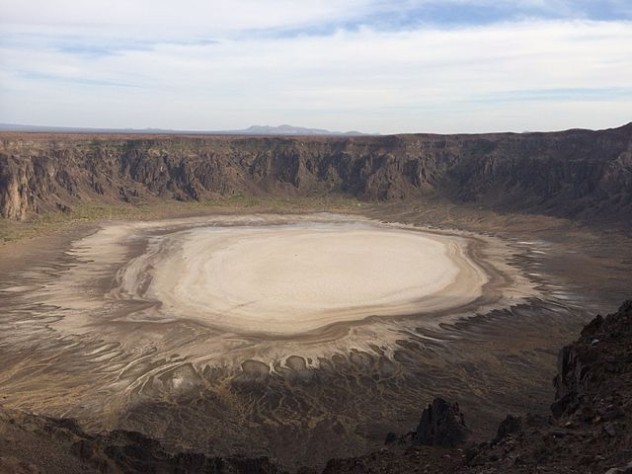
The Arabian city of Medina is one of the holiest places in Islam, second only to Mecca. During Ramadan, over two million pilgrims from around the world visit the cities, dramatically increasing Medina’s population. This is a problem because Saudi Arabia’s largest lava field, Harrat Rahat, sits just outside the expanding city limits.
Many people don’t realize that Saudi Arabia has active volcanoes. And they seldom cause much worry for local urban planners, since most are located in uninhabited or isolated areas. But a lava flow from Harrat Rahat came within 4 kilometers (2.5 mi) of Medina in AD 1256. If a similar eruption happened today, lava might reach the expanded city. Even if it didn’t, it could block roads and leave Medina stranded and facing shortages of food, water, and medical supplies (ash would prevent resupplying the city by air). Add in millions of panicked people, and you’ve got a major natural disaster.
9The Tatun Group
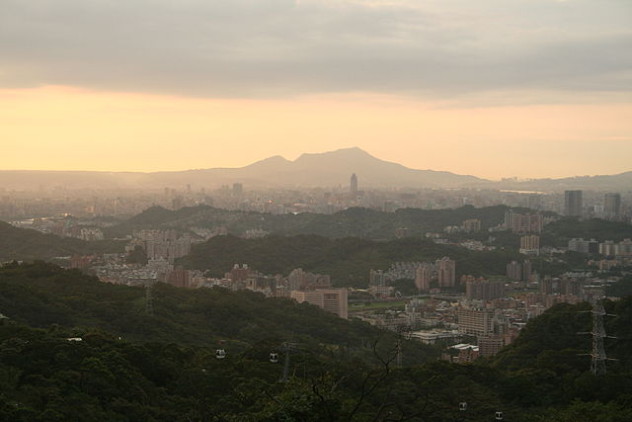
Taipei, the capital of Taiwan, is home to over 2.5 million people. But while Taipei is a thriving international business center, the local Tatun Group isn’t a corporation. It’s a collection of about 20 volcanoes, one of which is only around 15 kilometers (9 mi) north of Taipei.
The Tatun Group was extremely active in the Holocene era, but the eruptions mostly stopped around 13,000 years ago. However, the most recent eruption actually occurred around 6,000 years ago, which is a relatively short time in geological terms. The incident was an explosion of steam known as a phreatic eruption, possibly accompanied by some lava output. A similar phreatic eruption killed 57 people on Japan’s Mount Ontake in the fall of 2014. Around 200 survivors managed to take shelter from clouds of ash and volcanic gases.
Eruptions like these are almost impossible to predict, since they seldom involve deeper seismic activity that can be tracked. Instead, a phreatic eruption simply requires existing magma deposits to come into contact with groundwater, superheating it into an expanding cloud of steam which “pulverizes” the surrounding rock. A similar incident today could devastate high-tech Taipei, which is why the Taiwanese National Science Council has established an observatory to closely monitor the Tatun Group.
8Chichinautzin
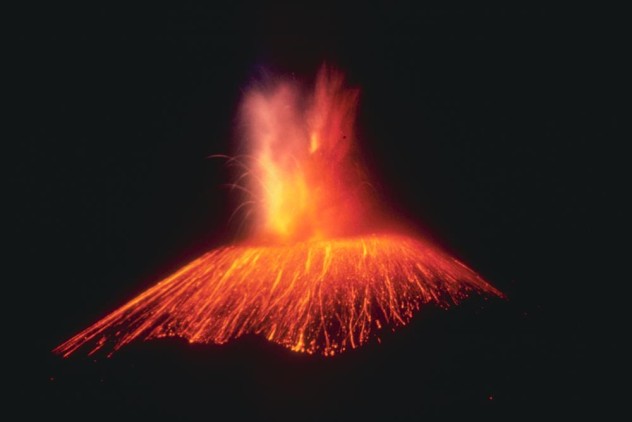
Several tall, beautiful volcanoes surround the nine million residents of Mexico City. However, the much less scenic Chichinautzin volcanic field, located inside city limits, is the most imminent volcanic hazard. The last eruption there occurred around AD 400 and rated a solid 3 on the Volcanic Explosivity Index (VEI). The eruption is believed to have caused a major humanitarian disaster, wiping out prehistoric settlements in the area, including the oldest known urban center in the highlands of Central Mexico.
Chichinautzin is a monogenetic volcanic field, meaning that volcanoes there erupt only once before going extinct, with the next eruption happening in a different place. The famous Paricutin eruption, in which a huge volcano (pictured above) suddenly shot up out of a rural Mexican cornfield to devastate the surrounding area, is believed to be similar to the AD 400 eruption from Chichinautzin’s Xitle cone.
Today, southern Mexico City and the National University of Mexico are built on top of Xitle’s lava flow. That particular cone probably won’t erupt again, but another one could form anywhere in the Chichinautzin field. To make matters worse, Mexico City currently “lacks an integrated volcanic hazard assessment.”
7Mount Baker
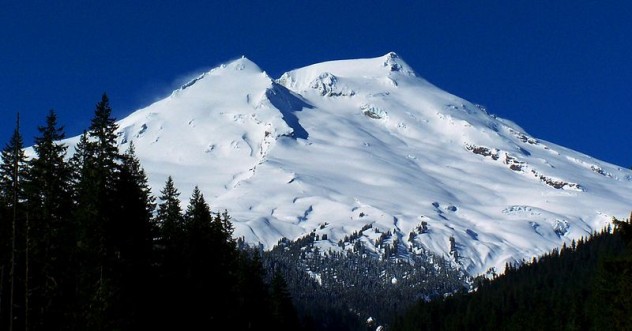
Mount Baker, the highest peak in the Northern Cascades, is a US volcano located in Washington State, near the Canadian border. And while that may sound out of the way, Baker’s next big event could have international repercussions. Like the better-known Mount Rainier, Mount Baker is a beautiful, glacier-clad mountain, with an unfortunate tendency to erupt and collapse, devastating the surrounding area with huge mudflows known as lahars. This last happened around 6,500 years ago and the volcano is still considered very much active today.
Another big collapse would have catastrophic effects on nearby small communities. In addition, Canadian emergency planners are worried that the mudflows resulting from a major collapse would divert Washington’s Nooksack River into British Columbia, causing massive flooding that would end up in the Fraser River and head downstream to Vancouver, the province’s biggest city.
The last confirmed eruption at Mount Baker happened in 1880, but the mountain’s Sherman Crater has been showing signs of activity since 1975. Monitoring of the volcano was increased at the time, but has since tailed off, and the US Geological Survey considers the current measures inadequate. That’s especially worrying, since flank collapse often happens suddenly and with little warning. When that happens, all people can do is try to get out of the way.
6Nyiragongo
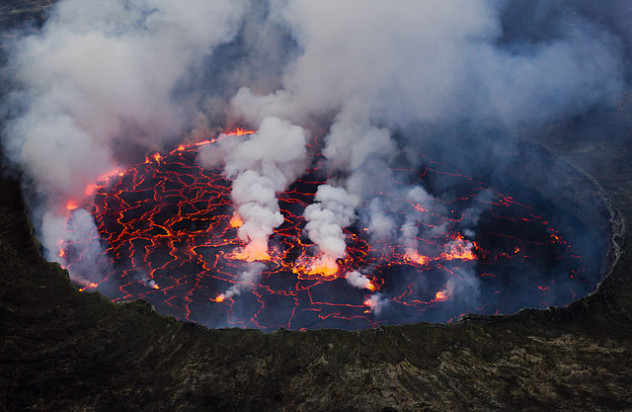
Nyiragongo is an enormous volcano in the Democratic Republic of the Congo, which currently plays host to the world’s largest lava lake. That lava is unusually runny, so whenever the lake drains, the lava races down Nyiragongo’s steep slopes, overcoming anything in its path. Unfortunately, Goma, a city of over a million residents, sits near the base of the volcano. So does Lake Kivu, which Nyiragongo has been filling with dissolved gases for many thousands of years.
When the lava lake overflowed in 2002, lava rolled through Goma, killing 147 people, destroying 13 percent of the city, and forcing hundreds of thousands of locals to evacuate. Meanwhile, the gases filtering into Lake Kivu have raised the possibility of an explosion of carbon dioxide known as a limnic eruption. The most famous limnic eruption burst out of Cameroon’s Lake Nyos in 1986, instantly killing almost 2,000 locals.
And Nyiragongo isn’t even the only active volcano in the area—nearby Nyamulagira erupted in 2010. Fortunately, Nyamulagira’s lava flow headed away from Goma and into Virunga National Park, where it caused little damage. Still, it’s no wonder Goma has been called the “most dangerous city in the world.” Nyiragongo and Nyamulagira remain active, but the political instability in the region means that scientists have struggled to even establish an observatory to keep an eye on them.
5The Auckland Volcanic Field
New Zealand’s largest city, Auckland sits smack in the middle of a monogenetic volcano field where at least 50 volcanoes have erupted once and then gone extinct, all thanks to a hot spot that burns about 100 kilometers (62 mi) below Queen Street. The most recent eruption took place around AD 1350 and formed Rangitoto Island, the largest volcano in the field.
As worrying as that sounds, the next Auckland eruption will probably only impact part of the city. The problem is that no one knows where it will happen. The estimated chance of an eruption in any given year is 1 in 1,000. As a result, geologists are monitoring Auckland closely using seismometers placed in boreholes underground so they won’t be affected by the city’s seismic “noise.” At the time of writing, everything is reportedly quiet.
4The Marsili Seamount
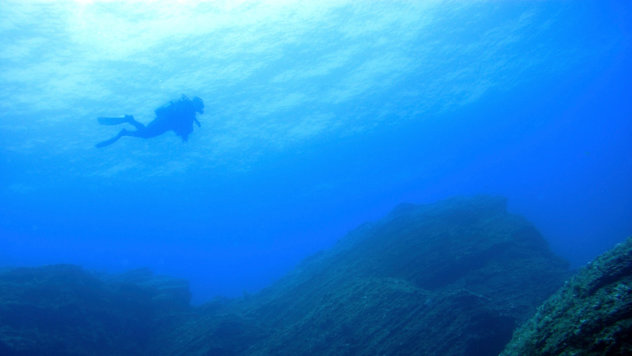
Marsili is Europe’s largest active volcano (although it’s not the only European volcano on this list), taking the form of an underwater ridge stretching for over 50 kilometers (30 mi). Scientists think it has been active for thousands of years, with eruptions around 3000 and 1000 BC. Today, it rumbles and releases heat.
Few people have heard about Marsili, because it was only discovered in the early 2000s. And although it is completely underwater, its location off the west coast of Italy puts it very close to a number of heavily populated cities and towns. That’s worrying, since scientists now believe that Marsili is unstable and “could begin erupting at any time.”
Like Mount Baker in the Pacific Northwest, Marsili has explosive eruptions which could cause its walls to collapse, triggering a sudden tsunami. Roughly 17 percent of all volcanic fatalities are from such tsunamis. Between the tsunami and the eruption, millions of people could die throughout southern Italy.
3The Laacher See
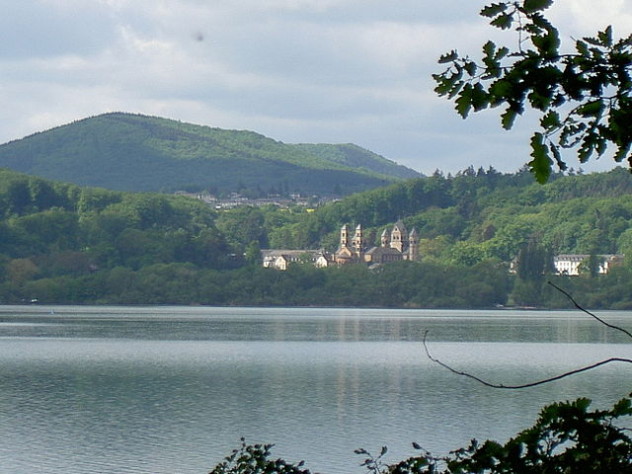
It seems incredible, but Central Europe and the countries around the North Sea face a serious hazard in the form of a water-filled active volcanic caldera lying less than 30 kilometers (20 mi) south of Bonn, Germany. And while it should be emphasized that it’s not quite the imminent death sentence some online sensationalists describe it as, the Laacher See did produce an enormous eruption some 13,000 years ago.
The Laacher See sits in the eastern Volcanic Eifel mountain range, west of the Rhine and north of the Mosel. It’s surrounded by about 100 volcanoes and there are another 240 in the western Volcanic Eifel. Until the 1970s, all the volcanoes in the range were thought to be extinct. However, parts of the Volcanic Eifel are rising at a rate of up to 2 millimeters (0.07 in) a year, and scientists have now found signs of ongoing activity in the Laacher See.
There’s no hazard map for the Laacher See, although it has had an apparently heavy impact on human beings before. Back in the Stone Age, when the volcano last erupted, archaeologists believe it devastated the surrounding cultures, causing groups to split up and their tool kits to become much more primitive. The Laacher See isn’t going to erupt anytime soon, but planners have to start preparing for the day when that might change.
2Campi Flegrei
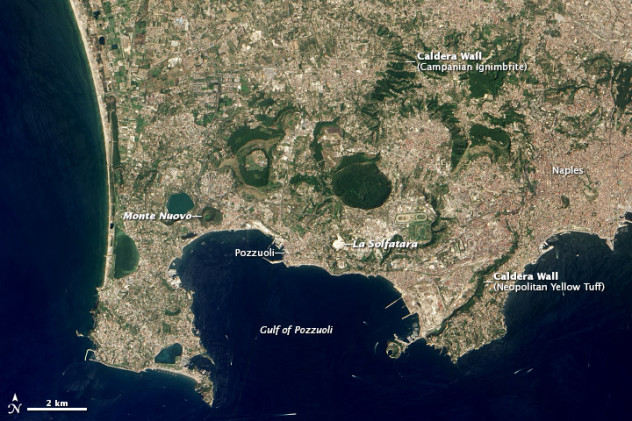
We all know what Mount Vesuvius did to Pompeii in AD 79, but few of us realize that there’s a much bigger volcano threatening the city of Naples, Italy. It’s called Campi Flegrei (sometimes known as the Phlegrean Fields), and it’s the granddaddy of Vesuvius. The volcanic fields span almost everything in the NASA image above, including the bay. That’s right: it’s so big you have to look at it from space.
So why build part of Naples inside of a supervolcano? Well, for centuries, no one even knew it was there. Unlike Vesuvius, Campi Flegrei is relatively flat, having collapsed after a massive eruption 40,000 years ago ago drained its gigantic magma chamber (which is connected to the chamber underneath Vesuvius). The eruption affected the northeastern Mediterranean from Italy to western Turkey and Russia.
Campi Flegrei is still active today. Of course, it’s closely monitored, but emergency planners face an enormous problem. Some 500,000 people live inside the caldera, while 2.5 million live in the rest of Naples. Evacuation plans have been made, but most Campi Flegrei crisis scenarios are downright terrifying.
1Japan’s Volcanoes
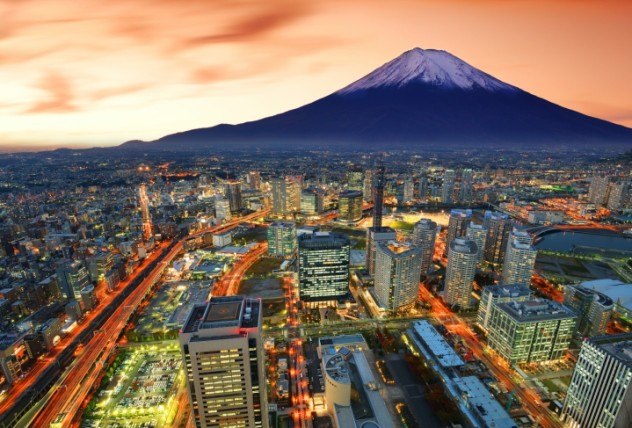
Japan has a high-tech society, many people, and lots of volcanoes. We all know of Mount Fuji, but Japan has even larger volcanoes—and there’s a small chance that one of them (no one is sure which) might go off fairly soon.
In 2014, two volcanologists from Japan’s Kobe University looked into what would happen if one of Japan’s caldera volcanoes, like Aira, which has been intensively studied, had a supereruption. What they found was depressing. Basically, the entire country would be buried in up to several feet of ash and the human cost to Japan would be even more extreme.
And Japan really does have to consider the unthinkable. Looking at the next 100 years, the two scientists conclude that there is an “0.73–1.0 percent probability of a Magnitude 7 event, and 0.25–0.26 percent of a Magnitude 8 event occurring in the next hundred years. Although these probabilities seem low, it should be stressed that immediately before the 1995 Kobe Earthquake the 30-year probability of such an earthquake occurring was 0.38—7.8 percent.”
It’s amazing how such dry scientific talk can be so horrifying.
Barb likes to blog about volcanoes and the American Civil War at bjdeming.wordpress.com.






